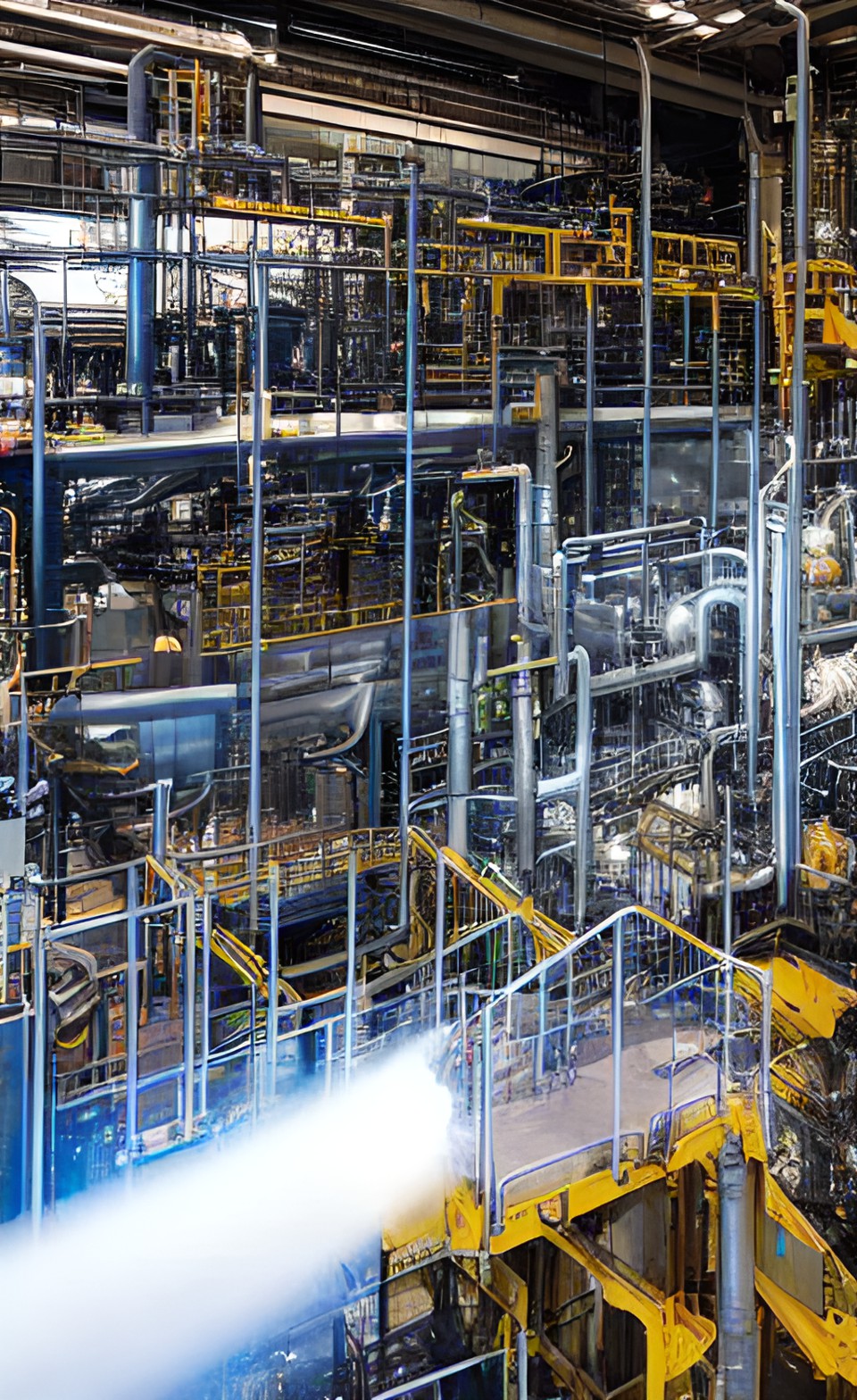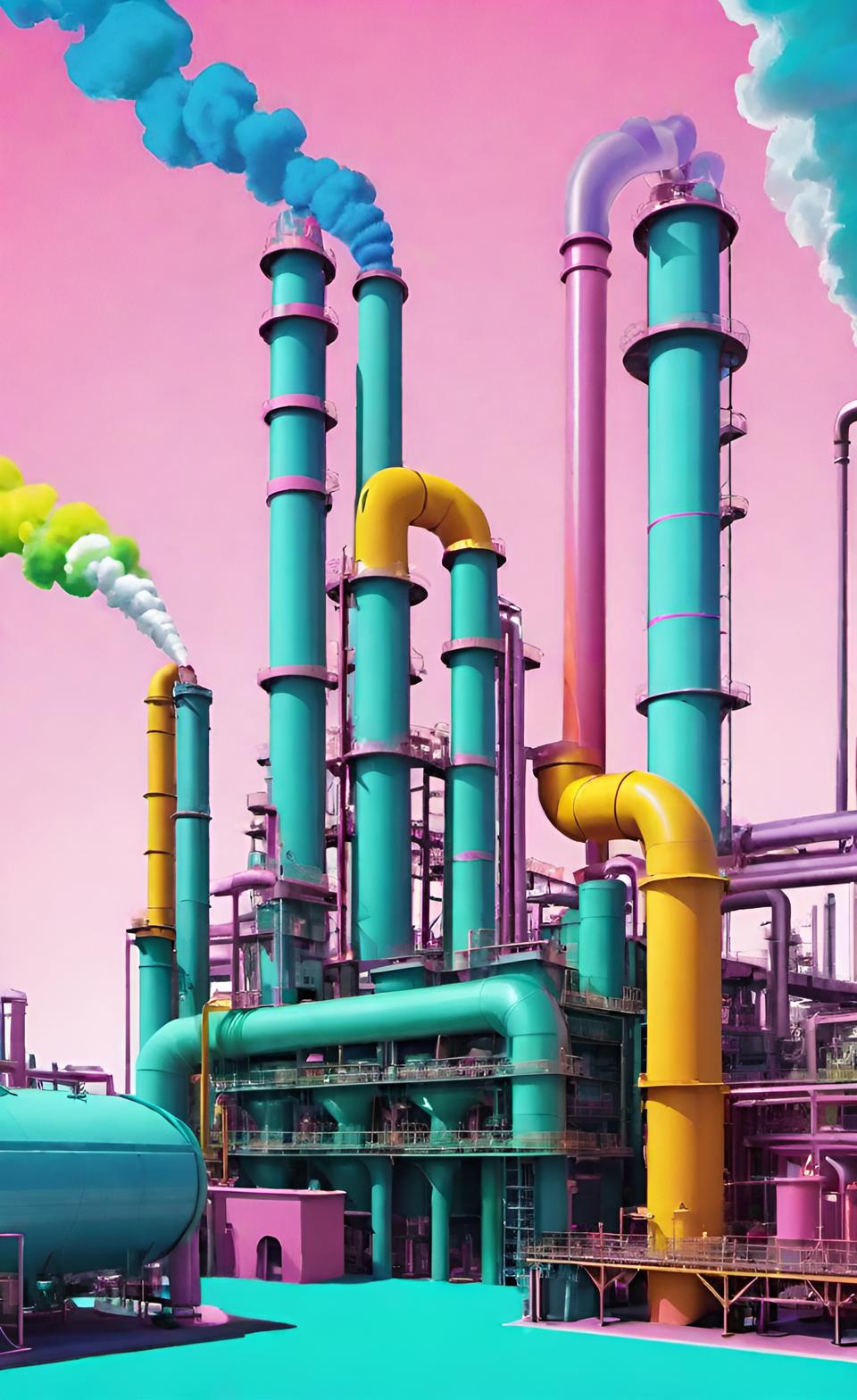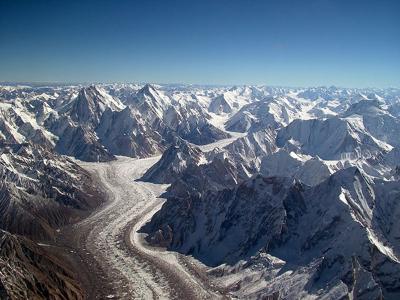- Air Homepage
- Alberta Air Quality
- Prevention of Air Pollution
- Air Emissions Regulations
Step-by-step guide to understanding industrial air emissions regulations
Managers, engineers, and environmental specialists - Need to know about monitoring and reporting air emissions regulations for your facility? You might benefit from a comprehensive guide to the rules and regulations.
 Environmental specialists
Environmental specialistsSection 9 of these regulations walks you through the Annual Emissions Inventory Reporting (AEIR) process.
First, we define units, processes, and equipment, then we look at release points and pollution control measures. All to show you how to track and manage emissions accurately.
Follow these instructions to comply with environmental standards.
Also, maintain environmental sustainability and responsible industrial practices by keeping air pollution control and regulatory compliance in mind.
The Annual Emissions Inventory Report (AEIR) is a must-have for managers, engineers, and environmental specialists. By accurately dealing with industrial emissions, you help make sustainable practices possible.
Here's a guide to AEIR that includes defining units and processes to identifying release points. You'll see how emissions tracking can protect public health and how you can keep the air clean.
Section 9.0 - The Unit, Process, and Equipment Information
Sections 9.1 to 9.3 cover (Steps 9a - c) of the AEIR process.
9.1 - Identifying industrial processes, equipment, and units that release substances
Here's how it works:
Units, processes, and equipment are what we use to describe things that release stuff into the air, like emissions from factories and plants. The terms aren't strictly defined, but they follow standard definitions. Official documents related to the operation's approval or renewal usually list the specific units, processes, and equipment.
 Operations in a dynamic environment
Operations in a dynamic environmentEmissions come out of release points, like stacks or vents. Every release point has a unit, process, or piece of equipment associated with it because something created the stuff that's coming out. Multiple pieces of equipment can be connected to one release point. You need to identify not just where the emissions exit to the atmosphere, but all of the internal sources.
You'll provide information about these units, processes, and equipment in worksheets (like worksheet 2.1 for release points). Even if they're permanently shut down, don't remove them from previous reports. With zero hours of operation, you instead mark shut-down units as decommissioned.
There's an appendix with a list of common units, processes, and equipment, but not all operations have the same ones, and some might have extras not listed. Pollution controls: Flares and scrubbers are used to control pollution. Each of these is reported separately in worksheet 2.2.
In order to keep track of emissions and follow the air emissions regulations, we need to understand what's in industrial operations that could release stuff into the air.
9.2 - Air Emissions Regulations for Getting detailed info on units, processes, and equipment
Step 9b of preparing the AEIR involves gathering and entering detailed information about units, processes, and equipment associated with release points in industrial operations. Here's how this part works:
Clause RC 7-L outlines the information needed for units, processes, and equipment associated with release points. There are mandatory and optional fields on the AEIR Form. You need to collect and input information about these units, processes, and equipment's classification, operation, installation, decommissioning, and operational parameters.
You start by answering a simple "Yes" or "No" question: Are there any units, processes, or equipment in the industrial operation that release substances into the atmosphere? Then you enter the data; if not, you select "No," and no more information is needed.
It carries over the descriptive name from a previous worksheet, so you don't have to fill it out again. Here you enter how many units, processes, or equipment are associated with the release point.
You'll need to provide the following information for each unit, process, or piece of equipment associated with the release point:
- Name: The name of the unit, process, or equipment.
- A unique designation: is what's in the approval or application. Letters and numbers are usually included here.
- You pick the type: (e.g., boiler, burner, compressor).
Select "Other Unit, Process, or Equipment" if the unit, process, or equipment doesn't fit into any of the categories. - Notes: Some equipment and processes are pollution controls and are reported separately (2.2).
Information collected here helps create an inventory of what's in an industrial operation and what it might emit. Compliance with air emissions regulations and monitoring emissions depend on it.
 Release points and equipment
Release points and equipmentThe next section of the AEIR describes the units, processes, and equipment associated with release points in an industrial operation. Here's what to know:
1 - SCC: This is an identification code for the unit, process, or equipment. Fill it out, don't leave it blank.
2 - Manufacturer: If applicable, specify the manufacturer of the unit, process, or equipment. Enter "Custom" if it's custom-built.
3 - Provide the model number of the unit, process, or equipment if applicable.
4 - Manufacture year: Enter the year the unit, process, or equipment was made, not installed.
5 - The year the unit, process, or equipment was installed at the industrial operation. If you haven't installed it yet, leave it blank.
6 - Start-up year: Enter the year the unit, process, or equipment started. If it hasn't started yet, leave it blank.
7 - Select "Operating," "Temporarily shut-down," "Decommissioned," or "Not yet constructed/operating" to describe the unit's current status.
8 - Operational Condition (if operating): Choose the condition that best describes the unit's operation during the inventory year, such as "Normal," "Start-up," "Turnaround," etc.
9 - Emission Timing: Indicate when the unit, process, or equipment releases substances. There are three options: "Always (normal operations)," "Only during upsets/emergencies," or "Only during other conditions."
10 - Estimate the number of hours the unit, process, or equipment ran during the inventory year.
11 - Decommission Date (if applicable): If the unit, process, or equipment has been permanently shut down or decommissioned.
12 - If it hasn't been built or hasn't started yet, then it's an approved future unit. Please select "Yes" or "No."
13 - First Year of Operation (if applicable): If it's a future unit, let the government know when it's supposed to start.
14 - Identify the type of fuel used by the unit, process, or equipment (if applicable).
15 - Design capacity or throughput: Enter the maximum or rated design capacity of the unit, process, or equipment.
16 - Provide the average or normal capacity of the unit, process, or equipment.
17 - Specify the capacity or throughput units (if applicable).
18 - Kilowatt Rating (if applicable): Enter the power rating in kilowatts.
19 - Horsepower (if applicable): Let them know how much horsepower it has.
20 - The load rating (%): If applicable, specify the load rating in percentage.
Repeat these steps for any other units, processes, or equipment associated with each release point. Compliance with air emissions regulations and good environmental monitoring rely on this information to create a comprehensive emissions inventory.
9.3 - Putting information about units, processes, and equipment in an environmental report.
The form is used to report emissions from Alberta's industrial operations as per the relevant air emissions regulations.
For non-point sources, which are sources of emissions that aren't easily defined or located, such as large industrial complexes, specific information is only required for those that are categorized as "Combined Large Point Sources." You just have to indicate that there aren't any of these sources. Here's what you need to fill out:
Indicate if there are any units, processes, or equipment that emit through combined large point sources. Please provide the following details for each:
- Combined source descriptor: A name for the combined source.
- Units associated with the combined source: The number of units, processes, or equipment.
- Name of unit, process, or equipment: A short description of the unit, process, or equipment.
- Unique Designation: The formal name of a unit, process, or piece of equipment.
- Choose a unit, process, or equipment type or select "Other" if none fit.
- Provide details about "Other Type" (if applicable).
A source identification code for a unit, process, or equipment. - Unit, Process, or Equipment Make: The manufacturer.
- Unit, process, or equipment model number: The model number of the unit, process, or equipment.
- A unit, process, or piece of equipment's year of manufacture.
 Large point sources combined
Large point sources combinedThese details help identify and categorize emissions sources. In some cases, you might need to estimate information or use available data.
To help you pick the right category, the document also defines different types of units, processes, and equipment.
The AEIR form asks for detailed info about combined large point sources in industrial operations. It's important to report this information accurately for environmental monitoring and compliance in Alberta.
This document also explains how to report information about industrial equipment. Enter the year the equipment was installed at the industrial site. For older equipment, you can estimate the year if you don't know the exact year.
Indicate the year the equipment started working at the industrial site. It's usually close to installation time. Then choose one of the following options to describe the equipment's current operating status:
- "Operating": Equipment that's on all year long.
- "Temporarily shut down": Equipment wasn't working but will resume soon.
- Decommissioned: Permanently shut down equipment.
- 'Not yet constructed/operating': Equipment is approved, but not yet built.
Describe the equipment's general operating condition for the inventory year (if it's running). There's "Normal," "Start-up," "Turnaround," "Upset," "Low Annual Output," and "High Annual Variability."
When the equipment emits through the non-point source:
- During normal operation, equipment emits continuously.
- "Only during upsets/emergencies": Emissions only happen when things get crazy."
- Only during other operating conditions": Emissions only happen under specific, non-normal conditions.
- Enter the approximate number of hours the equipment ran every year.
- If the equipment was permanently shut down or decommissioned, give the date.
- Indicate if the equipment isn't yet operational ("Yes" or "No"). Specify the expected first year of operation if it's future equipment.
- Type of fuel: If applicable, tell the authorities what kind of fuel the equipment uses.
Enter the equipment's maximum or rated design capacity, as well as the average or normal capacity, if applicable. Please specify the units (e.g., tonnes). Provide the power rating in kilowatts (kW) and horsepower rated. Finally, indicate the load rating in percentage, if applicable.
Tracking and reporting information about industrial equipment is essential for environmental compliance and monitoring. Reporting accurately makes sure emissions are accounted for and regulated.
AEIR Consulting for Alberta Industrial Facilities
Need help with
- Unlocking Environmental Compliance,
- AEIR Consulting for Alberta Industries, or
- Ensuring Air Quality Compliance?
Calvin Consulting Group Ltd. provides expert air quality compliance consulting to Alberta industries.
Providing expert consulting services to Alberta industrial facilities like yours, Calvin Consulting ensures accurate and comprehensive Annual Emissions Inventory Reports (AEIRs). The consultancy ensures accurate reporting in compliance with Environmental Protection and Enhancement Act (EPEA) regulations by meticulously documenting relevant units, processes, and equipment.
Calvin Consulting Group Ltd. will then help you maintain air quality standards and fulfill environmental responsibilities by meeting AEIR needs. Email us to streamline your AEIR submissions and ensure compliance with Alberta's air emissions regulations.

Keep up with accurate reporting and compliance with EPEA regulations with our services.
Clean air is our Passion...Regulatory Compliance is our Business.
You can determine how substances are emitted into the atmosphere when you identify units, processes, and equipment in your industrial operations.
The provincial guide gives you info about definitions, release points, needed details, and pollution control measures for monitoring emissions and staying compliant with environmental regulations in Alberta.
Do you have concerns about air pollution in your area??
Perhaps modelling air pollution will provide the answers to your question.
That is what I do on a full-time basis. Find out if it is necessary for your project.
Have your Say...
on the StuffintheAir facebook page
Other topics listed in these guides:
The Stuff-in-the-Air Site Map
And,
Thank you to my research and writing assistants, ChatGPT and WordTune, as well as Wombo and others for the images.
GPT-4, OpenAI's large-scale language generation model (and others provided by Google and Meta), helped generate this text. As soon as draft language is generated, the author reviews, edits, and revises it to their own liking and is responsible for the content.


New! Comments
Do you like what you see here? Please let us know in the box below.